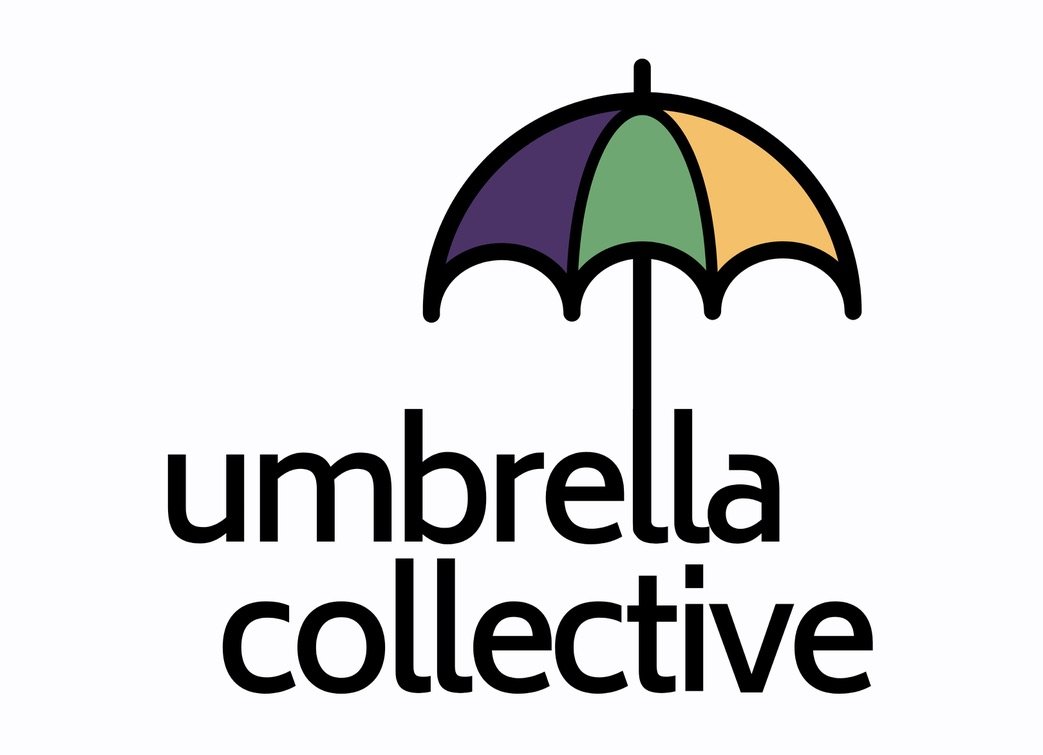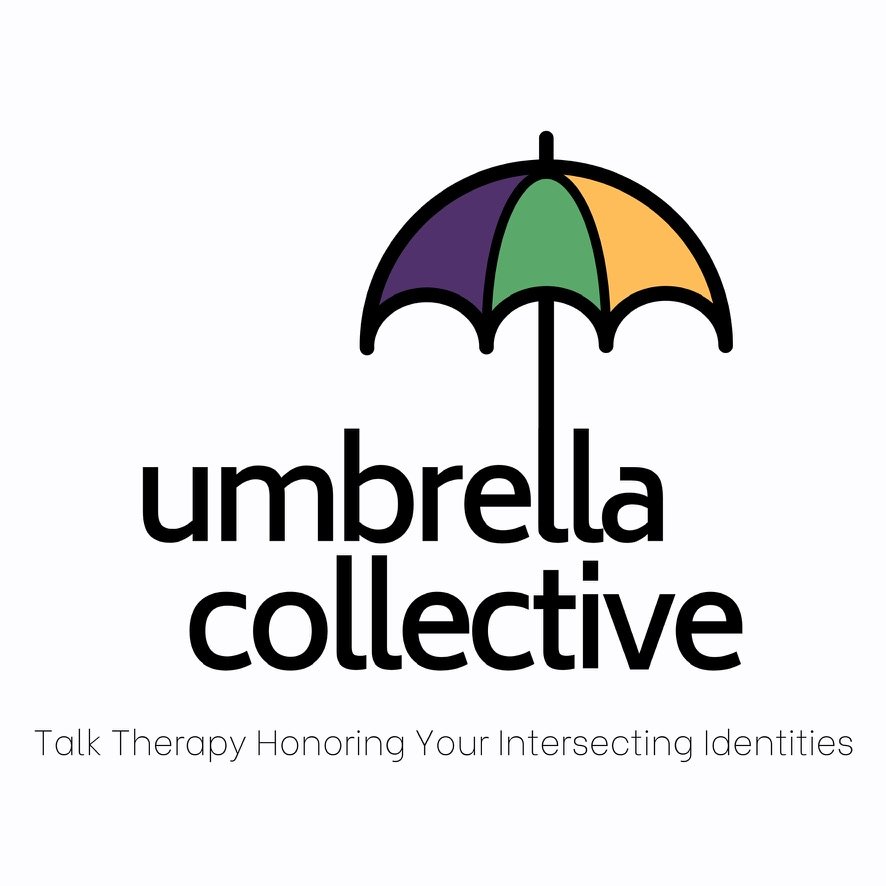What is EMDR?
/By Lisa Wallace, LPC
One service provided by Umbrella Collective is EMDR. Below is a brief description of this service.
What is EMDR?
EMDR (Eye movement desensitization and reprocessing) was developed in 1988 by Francine Shapiro and is most commonly used to help treat PTSD. That said, EMDR has been proven to be effective for people experiencing anxiety, trauma or other adverse life experiences. EMDR is based on the belief that the “brain’s processing system naturally moves toward mental health.” EMDR is an eight-phased approach. Phases include building resources, trauma processing (which includes BLS, the bilateral stimulation, such as rapid eye movement or tapping) and imagining future scenarios. At its best, EMDR empowers clients to find new meaning in adverse circumstances and transform their mental and emotional wounds
What EMDR is NOT
Contrary to what many EMDR practitioners will tell you, it is not always a quick fix. For single trauma incidents, such as a car accident or an injury, EMDR can work in a relatively short amount of time. For more complex traumas or issues, building the trust and rapport with a therapist can take years before an individual is ready to engage in the trauma process. In the beginning, building up the resources needed might seem daunting and repetitive; or it could feel as though little is getting done. Going through the process one step at a time takes longer than most people initially realize. It’s much like building a house; it’s important to take the time to build up a strong foundation.
EMDR is also not the end all be all. EMDR does not work for everyone, and is not always the appropriate trauma processing method to use. Like all therapy, it’s okay, and sometimes necessary, to try different therapists and modalities out before you find one that fits. Because the process of EMDR stirs up negative emotions and memories, EMDR works best for clients who have strong support systems and who have developed coping skills and are in relatively settled situations.
EMDR during the Pandemic
Often the reprocessing of trauma events happens after the trauma has occurred. While EMDR can be employed before the traumatic event has solidified in a client’s nervous system, it’s not ideal to do deep reprocessing while in the middle of a traumatic event, such as a pandemic. To that end, during this time of uncertainty and upheaval, I have found the resourcing tools EMDR offers to be the most helpful.
Here is an abbreviated resourcing tool for anyone to use:
Finding a Positive Moment
A supportive exercise to do at the end of every day is to think back through the day and find a moment when you felt like something positive was happening. Maybe you felt like you knew what you were doing and it felt “right” or good. Maybe you had a moment where you weren’t worried, or thinking about the future. Maybe it was a moment you had to just take a breath and pause. Bring yourself back to that moment by allowing all of your senses to be engaged: try, without forcing it, to imagine what were you hearing, seeing, thinking, smelling, tasing in that moment. Noticing any positive sensations that happen as you remember, try to let your body reflect how you are feeling. Breathe into that place in your body, or bring your hands to where you feel the most positive, or simply imagine those good feelings spreading through your whole being. Allow your mind to rest with the positive feelings for as long as it can and then allow your attention to naturally move on.
If this was an EMDR session, you would add rapid eye movement or another form of bilateral stimulation. On your own, this exercise can help you start building your resource foundation. Make sure you begin with short sessions-only stay with the positive feeling for a few minutes at a time; and make sure you’re staying with positive feelings. Writing down what you remember or what was good about the day can also help rewire your brain and lay the foundation of resourcing and support.
For more information, Umbrella Collective currently has three therapists trained in EMDR: Katrina Puente, Matt Meurer-Lynn, and Suzanne Pearson.
Also, check out the Maiberger Institute for a more in depth description.



